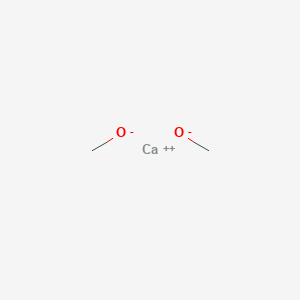The appearance of crabs is similar to that of adult crabs. Their individual growth is fast, their number of shells is large, and their metabolic levels are high. They require rich aquatic plants, fresh water, and an adequate feed environment. In the case of artificial rearing, they are prone to killing each other due to lack of food. Water environment conditions are poor, accumulated temperature is too high, and excess nutrition causes precocious puberty. Crab quality will directly affect the quality of adult crab growth. Here's a simple introduction to the two coups of crab cultivation.
The diet of stage I juveniles was dominated by diatoms and green algae. Phase II and III were mainly rotifers, and phase IV and V were dominated by Artemia larvae. Large-eyed larvae feed mainly Artemia adults. In production, the following two tactics are used to cultivate:
"Fat after fat" method
The larvae are hatched for 4 days to 5 days, and the ammonium nitrate 2 kg to 3 kg or superphosphate 1 kg to 1.5 kg per acre are placed in the nursery ponds, and the unicellular brown algae cell liquid that is eaten by the juvenile larvae is added to the larvae. After eating out, you can eat enough food. You can also use 1 kg to 1.5 kg of cooked soybean milk per acre to spray fertilizer. "Qingqing" means that after the larvae enters the second period, the food has changed, and a certain amount of eggs of the Fengnian eggs are put in advance in the breeding pond to breed large amounts of Artemia larvae for feeding by the larvae. Stop the fertilization at this time and exchange pool water 1/5~1/4 every day to keep the water fresh.
Brine brine insects "first after the right foot method"
One or two days before hatching, the larvae were put into the larval rearing larvae with proper amount of eggs, so that the Artemia medulata and the juveniles were hatched at the same time, and the juveniles were fed. With the increase of individuals, the density of bait (Phyllostachysae) should be 3 to 10 times that of zoea, in order to provide sufficient food. Breeding water is seawater or artificial brackish water. Stage I and II larvae do not change water, or change water in small quantities. In general, the water changes from stage III. The amount of water changed is about 1/4 of the water in the pool, and once in two days, the volume of water in the IV stage is increased. When the stage V is changed, the amount of water in the large-eyed larvae is increased to 100%, and it begins to desalinate. During the entire cultivation period, the water must be sieved and filtered strictly to prevent the entry of predator organisms. Oxygen pump oxygenation should be started at all times to ensure sufficient dissolved oxygen, fresh water, water temperature maintained at 20°C~25°C, and temperature difference between day and night cannot exceed 3°C.
Calcium Methoxide CAS No.2556-53-8
Calcium Methoxide Basic Information
CAS: 2556-53-8
MF: C2H6CaO2
MW: 102.15
EINECS: 219-873-6
Mol File: 2556-53-8.mol
Calcium Methoxide Chemical Properties
Melting point >385 °C(lit.)
form Powder
color off-white
Sensitive moisture sensitive
CAS DataBase Reference 2556-53-8(CAS DataBase Reference)
EPA Substance Registry System Methanol, calcium salt(2556-53-8)

Calcium Methoxide,Calcium Methoxide Solubility,Calcium Ethanoate Synthesis,Calcium Ethoxide Solubility,Calcium Ethoxide Synthesis
ShanDong YingLang Chemical Co.,LTD , https://www.sdylhgtrade.com